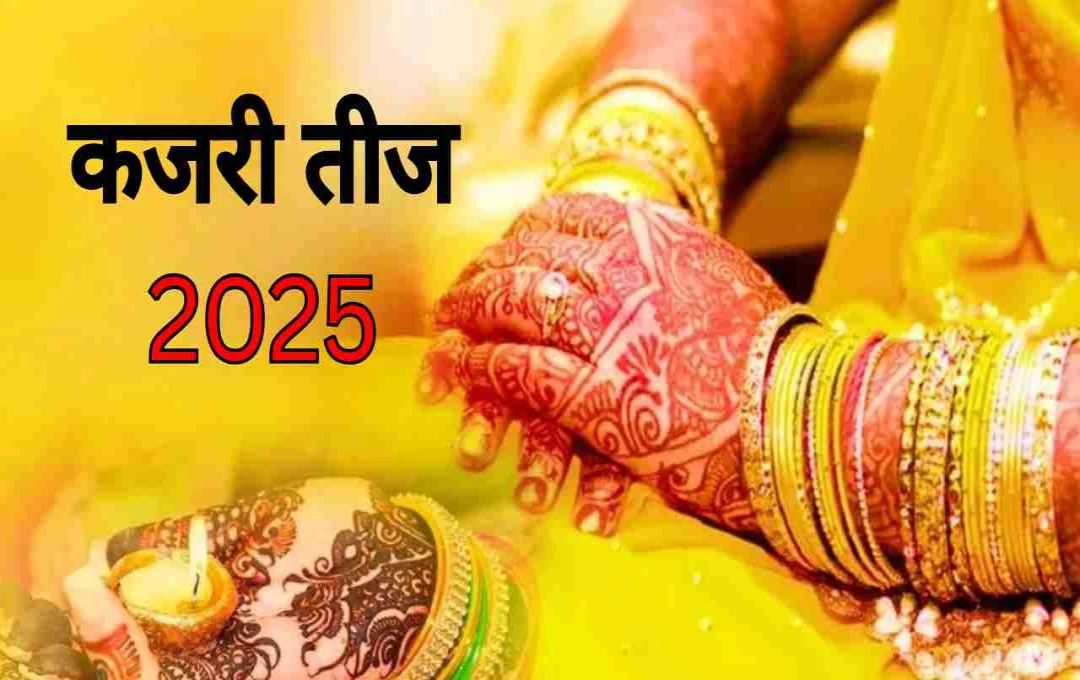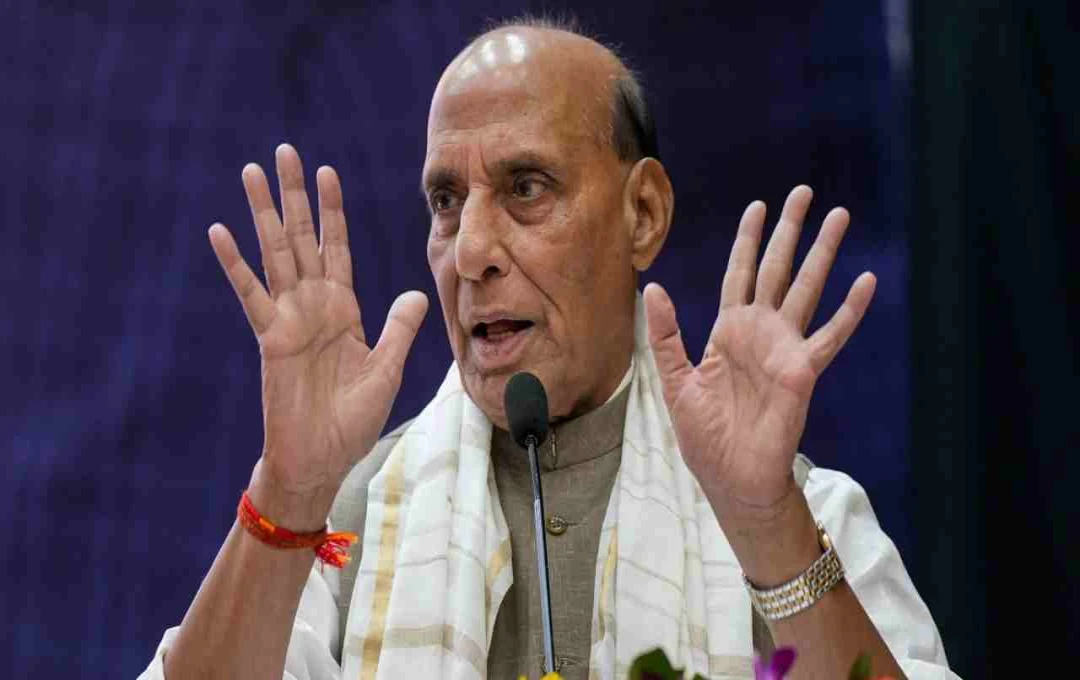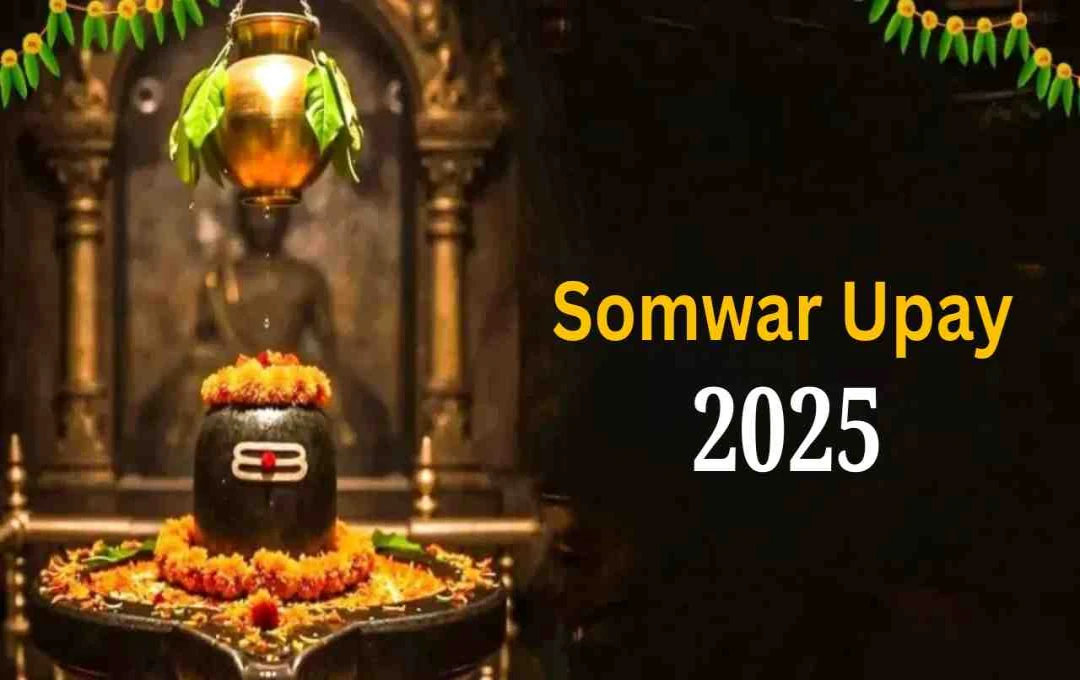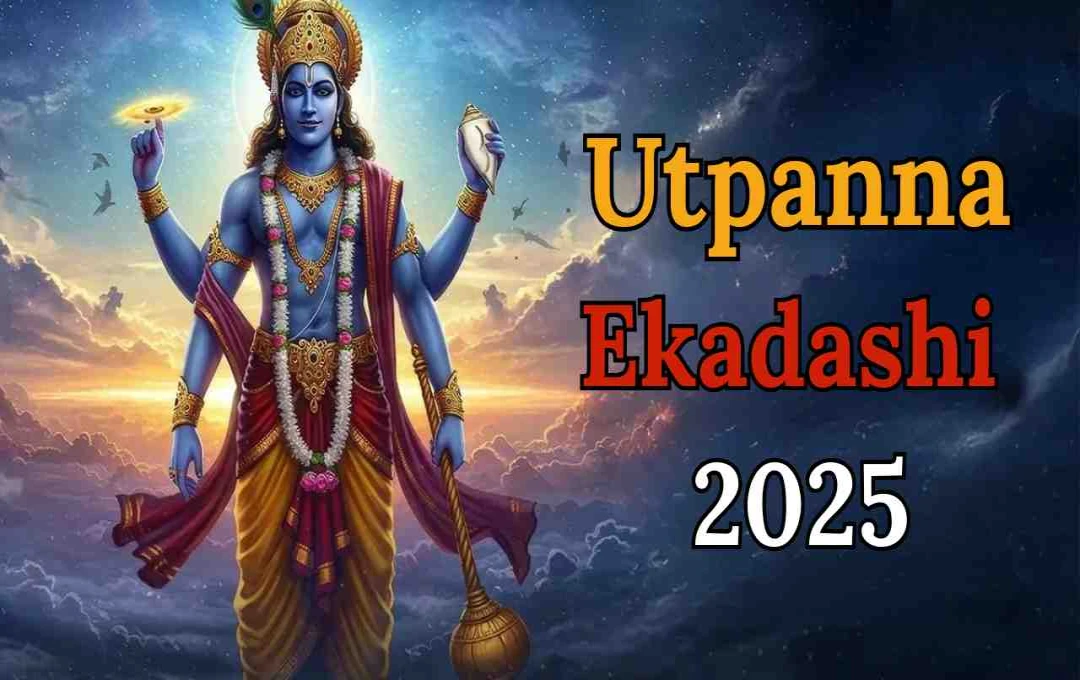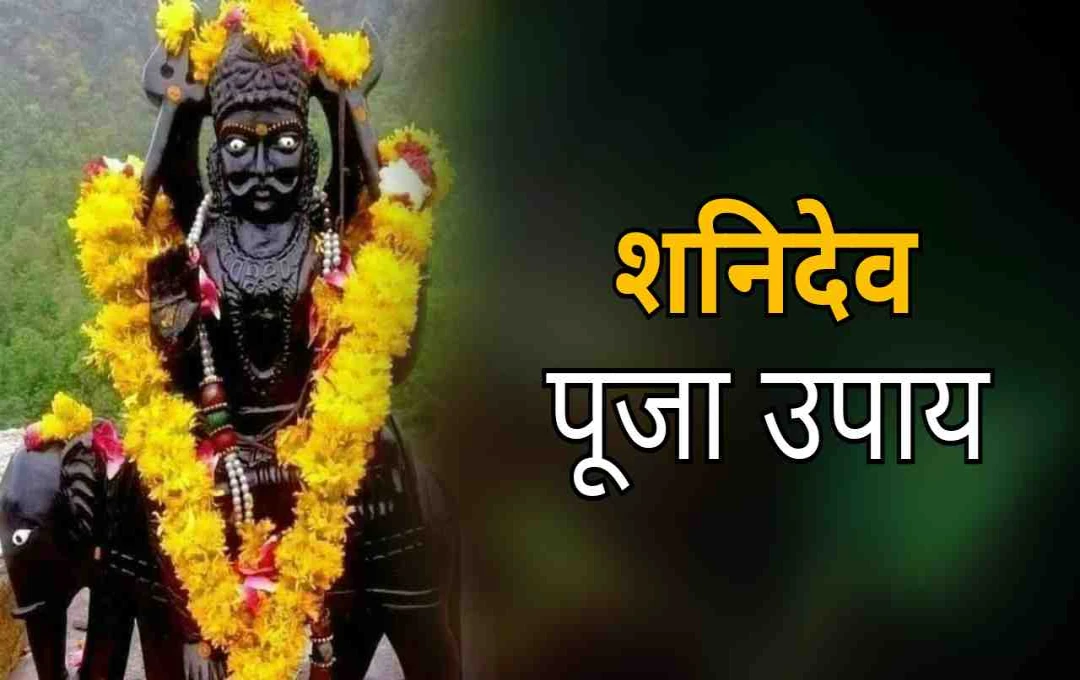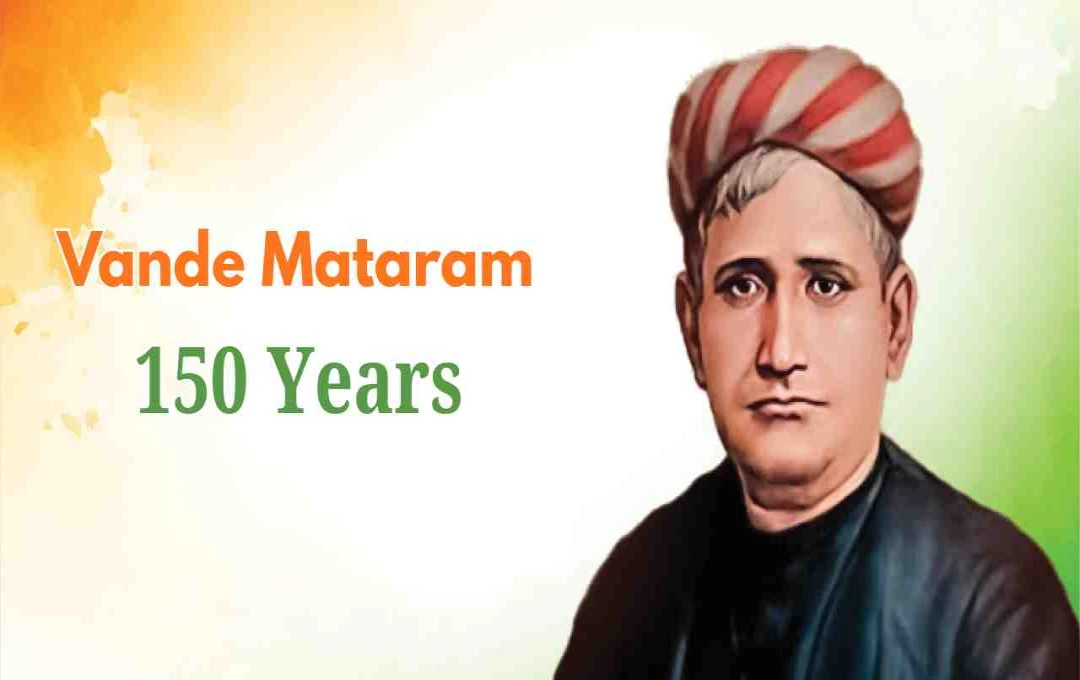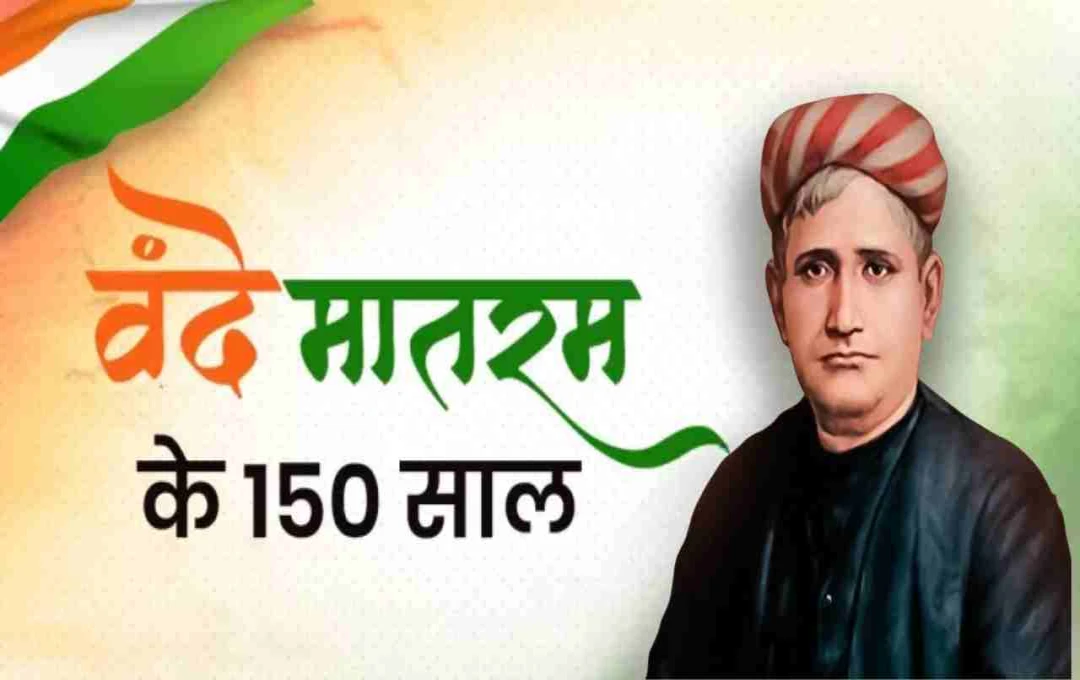In Hinduism, Teej fasts hold a special significance. Each Teej brings with it a unique sentiment and tradition. One of these is Kajari Teej, which is celebrated every year on the Tritiya Tithi of the Krishna Paksha in the month of Bhadrapada. This Teej is specifically for women. Whether a married woman or an unmarried maiden, Kajari Teej is associated with the desire for good fortune, happiness, and prosperity in their lives.
In 2025, the festival of Kajari Teej will be celebrated on August 12th. This day is not only connected to religious faith, but also holds cultural and emotional depth. Let's find out why Kajari Teej is special, how it is worshiped, and what special things it entails.
Where is the festival of Kajari Teej celebrated?
Kajari Teej is mainly celebrated with great fanfare in the states of North India. This festival is very popular in Uttar Pradesh, Madhya Pradesh, Rajasthan, and Bihar. Its color is even deeper in rural areas. Women wear traditional clothes, swing, sing folk songs, and fast and worship collectively.
Why do women observe this fast?
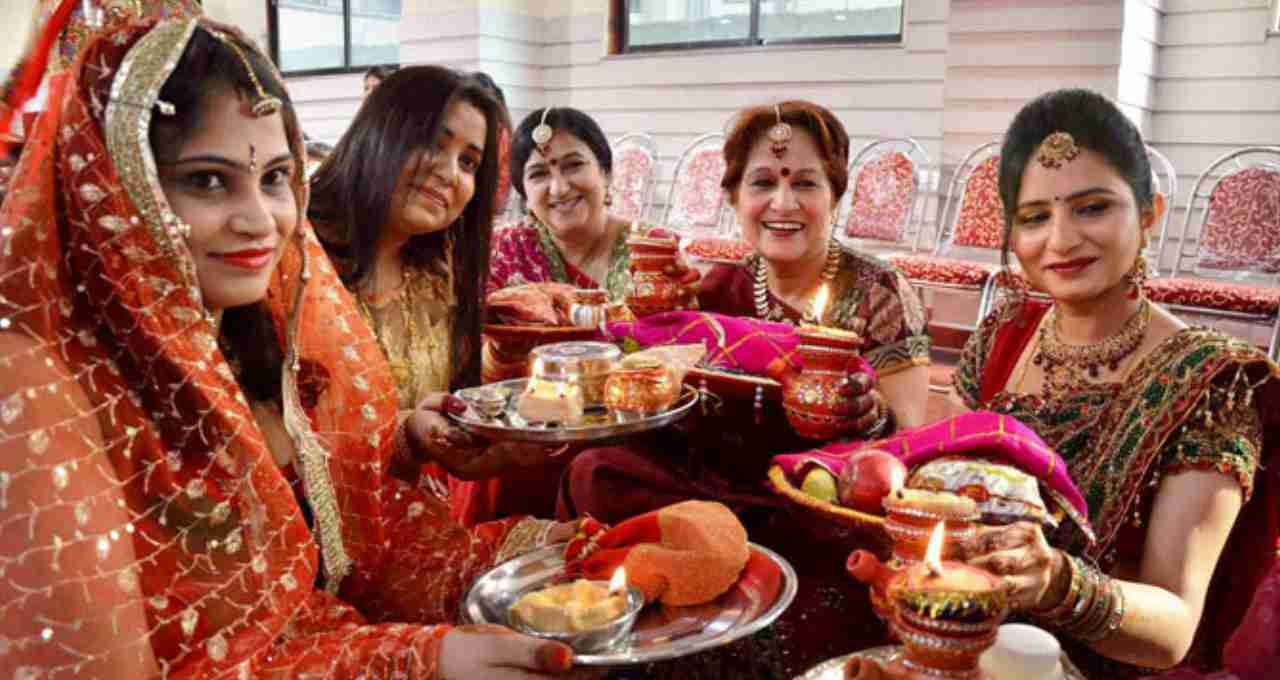
The Kajari Teej fast is special for both married and unmarried women. Married women observe this fast for the long life, good health, and unbroken good fortune of their husbands. At the same time, unmarried girls observe this fast with the desire to get a desired life partner.
On this day, women observe a Nirjala fast, meaning they remain without water throughout the day. Lord Shiva and Goddess Parvati are worshiped throughout the day, and the fast is broken in the evening after seeing the moon.
Method of worshiping Kajari Teej
On the day of Kajari Teej, women wake up before sunrise. They take a bath, wear clean clothes, and prepare for worship. A neem branch is planted at the place of worship. The idol or picture of Lord Shiva and Mother Parvati is installed on a pedestal.
They are offered flowers, fruits, sweets, and items of adornment such as bangles, bindi, vermilion, mehndi, etc. During the worship, women listen to the Kajari Teej fast story. In the evening, when the moon rises, they offer Arghya to it and after that the fast is broken.
Courtyards resonate with Kajari songs
On Kajari Teej, not only worship but also folk traditions have a special place. On this day, women sing traditional Kajari songs. These songs are full of the showers of Sawan, love, and feelings of separation. In villages, women swing in groups and express their feelings through songs.
This musical aspect of Kajari Teej makes this festival even more special. This festival is not only religious but also becomes a medium of social and cultural connection.
What is eaten in the fast?

The Kajari Teej fast is Nirjala, so nothing is eaten throughout the day. The fast is broken in the evening after offering Arghya to the moon. On this day, women eat poori, kheer, sweet roti, and homemade traditional sweets. Things made from barley, wheat, gram, and rice are especially included.
This food is sattvik and is eaten together with the family. In many homes, traditional dishes are specially prepared on this day and the festival is enjoyed.
The relationship between Kajari Teej and the tradition of womanhood
Kajari Teej is not limited to worship, it is also a social tradition. This festival is considered a symbol of woman power, devotion, and sacrifice. It reflects the social role, family responsibility, and cultural connection of women.
Every year Kajari Teej brings a new enthusiasm, a new resolve, and a new joy. This festival brings women together, gives them an opportunity to share happiness, and adds the color of spirituality to life.
Beliefs related to Kajari Teej
- Women who observe this fast with a sincere heart get a happy married life
- With the grace of Goddess Parvati, happiness, peace, and prosperity come in the house
- The belief of unmarried girls getting a desired life partner is also associated with it
- Through traditional songs and swings, this festival brings joy and balance to life
This festival of Kajari Teej brings a new faith, hope, and cultural awareness in the lives of women every year. This confluence of worship, fasting, and folk culture makes it special.
